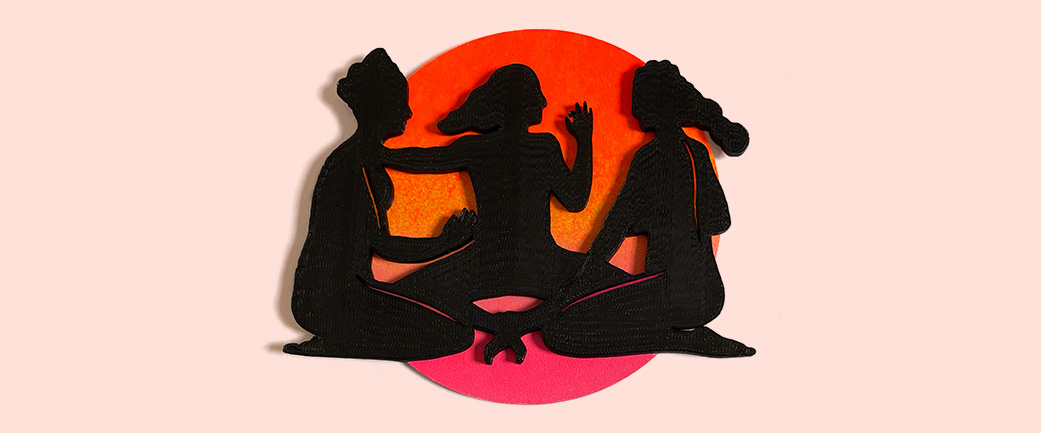
The best thing you can do as a host is to know why you want to gather. Perhaps you want to have a conversation about a topic that is dividing folks in your community. Or maybe you are craving connection around a particular experience. Imagine yourself washing the dishes after everyone has left. Then reflect: How do I hope to feel in this moment? What do I hope my guests are saying about our time together? Design your gathering with these answers in mind.
- Know who to invite: The why of your gathering helps inform the who. If you want to host a conversation about racism in the United States for a multiracial group, for instance, make sure everyone is aligned in understanding that racism is a problem in our country today.
- Use intentional and clear invite language: Guests should arrive with an understanding of what they are walking into, so they feel ready to engage. Explain why you are inviting this individual or group, affirming that their presence and perspective matter in your space.
- Create the container: Set some ground rules for engaging. Think about what might get in the way of deep connection and name it out loud. For example, if you’re gathering colleagues from work, you could acknowledge the different levels of power in the room and encourage people to let go of those roles for the night.
- Model it: As the host, your willingness to be vulnerable, present, and attentive becomes an invitation for others to do the same.
- Ask good questions: Prepare questions that everybody can answer and that allow for varying degrees of vulnerability. Some examples: What is something that might surprise others about what it’s like to be you? What is a belief you hold that has changed a lot in the last five years?
- Follow up: Pay attention to what people say and notice what lingers with you. In the following days, reach out to thank people for specific things they shared.
About the Contributor
K Scarry is enamored with life around the table and currently works as the director of The People’s Supper, which uses shared meals to build trust and connection among people of different identities and perspectives. The People’s Supper is a sister project to The Dinner Party, a community of mostly twenty-, thirty-, and early forty-somethings working to transform our most isolating experiences into sources of meaningful connection and forward movement.
Image Credit
Illustration by Mo Riza


